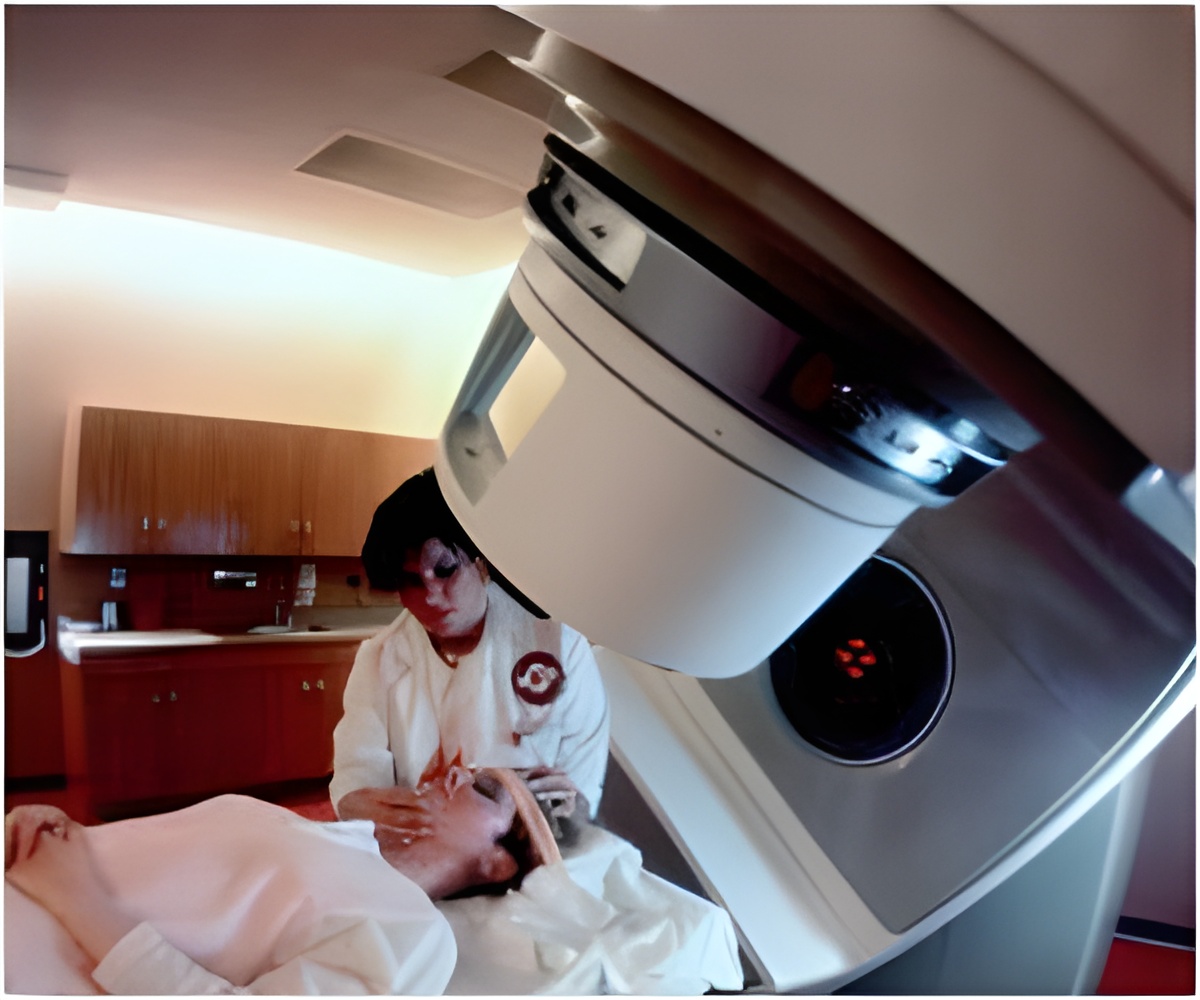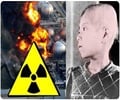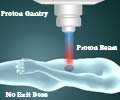In largest study of its kind, Penn researchers compare overall adverse events of proton and photon therapies and found that proton therapy reduces side effects more.

‘Proton therapy is an FDA-approved treatment that directs positively charged protons at the tumor target potentially reducing side effects and damage to surrounding tissue. Also, the relative risk of a severe toxicity was two-thirds lower for proton patients compared to photon patients.’
Read More..




The study’s senior author is James Metz, MD, chair of Radiation Oncology, leader of the Roberts Proton Therapy Center at Penn, and a member of Penn’s Abramson Cancer Center. Read More..
Proton therapy has a few key differences from traditional photon radiation. Photon radiation typically uses multiple x-ray beams to attack a tumor target but unavoidably deposits radiation in the normal tissues beyond the target, potentially damaging those tissues as the beam exits the body.
Proton therapy is an FDA-approved treatment that is an alternative radiation treatment. It directs positively charged protons at the tumor target, where they deposit the bulk of the radiation dose, with minimal residual radiation delivered beyond the target, potentially reducing side effects and damage to surrounding tissue.
For this study, researchers evaluated data on 1,483 cancer patients, 391 of whom received proton therapy and 1,092 who underwent photon treatment. All patients had non-metastatic cancer and were undergoing chemotherapy and radiation intended to be curative. Patients with brain cancer, head and neck cancer, lung cancer, gastrointestinal cancer, and gynecologic cancer treated with concurrent chemoradiation were included. The primary outcome was whether or not patients experienced radiation side-effects that were grade-three or higher within 90 days of treatment.
Data showed 11.5 percent (45) of proton patients experienced a grade three or higher side-effect. In the photon group, 27.6 percent (301) experienced a grade three or higher side-effect. A weighted analysis of both patient groups, which controlled for other factors that may have led to differences between the patient groups, found that the relative risk of a severe toxicity was two-thirds lower for proton patients compared to photon patients.
Advertisement
"There are several trials underway, but they are all dealing with a variety of barriers, so it will be years before we have that data. That’s why the information we do have is so critical, and our findings here point to a real benefit for our patients," Metz said.
Advertisement
Source-Eurekalert







